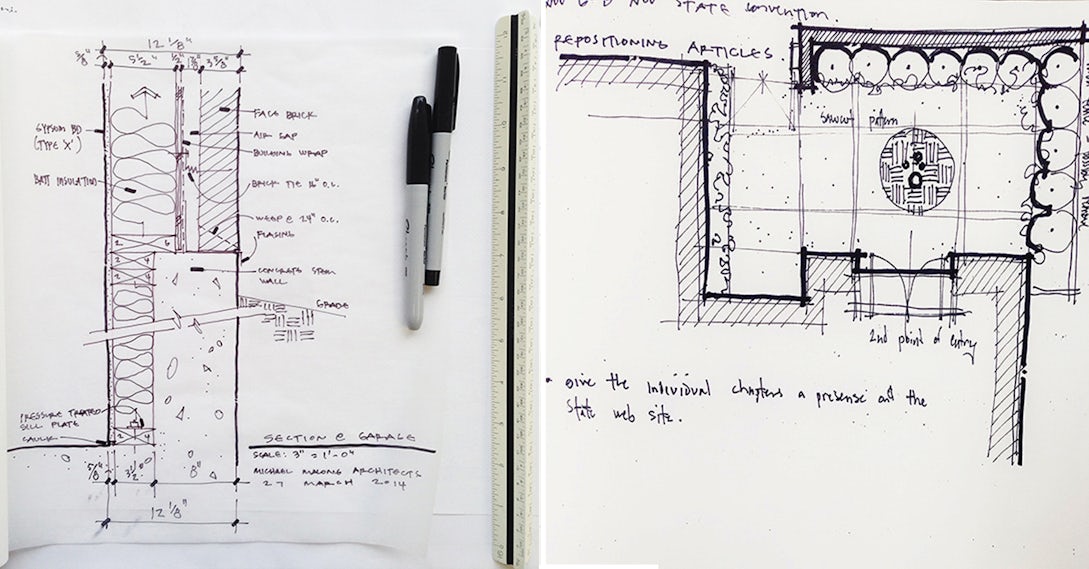If there is one country associated with the art of garden design, it is Japan. The country’s tradition for crafting meticulously landscaped sanctuaries as a retreat from urban life has existed for centuries, and — such is their popularity — these contemplative gardens have sprung up all over the globe. In Portland, Oregon, one such landscape has been in place for 52 years, and its popularity has soared as residents have sought respite from the pressures of modern working life: the garden’s annual attendance has risen from 30,000 to 350,000, prompting city officials to commission a significant expansion.
The firm they chose is Kengo Kuma and Associates, whose Portland Japanese Garden marks the firm’s first completed project in the United States. Kuma’s addition to this much-loved park takes the form of a “Cultural Village” with numerous pavilions including classrooms, a library, a tearoom, and further multipurpose spaces framing a large stone courtyard.

Kengo Kuma’s debut project in the USA moved from rendering …

… to reality in Portland. Custom aluminum finished for the pitched roofs and façades were created by Pure + Freeform
The layout of the new complex of buildings is inspired by the Japanese tradition of monzenmachi, which translates to “gate-front town” or “temple town”: clusters of buildings typically grouped around a castle, or a landmark of Buddhist or Shintô significance.

Rendering

Reality
The low-rise buildings blend the architectural language of age-old Japanese teahouses with a touch of streamlined modernity. A series of low-pitch roofs and overhanging eaves possess hints of Frank Lloyd Wright, while numerous green roofs soften the complex and help it merge with the surrounding landscape.

Rendering

Reality
Kuma utilized a natural material palette of warm timber and dark stone traditionally used within Japanese gardens, but applied them in more contemporary ways: rhythmic wooden louvers line the building exteriors, while wafer-thin slabs of stone form steps that link the external courtyard spaces. In keeping with classic Japanese garden designs, water also features prominently with gently cascading streams demarcating different areas of hard landscaping.

Rendering

Reality
Internally, the slender lines continue with impossibly thin timber steps and seating ascending a double-height amenity space. The front of each pavilion opens up, blending the expansive courtyards and gardens with the interior spaces, and floor-to-ceiling glazing allows natural light to flood the new cafeteria.

Rendering

Reality
Kenga Kuma’s expansion opened in Portland this past weekend. For more of the Japanese architects elegant projects, check out his firm’s in-depth profile on Architizer.
Completed project images via Dezeen









